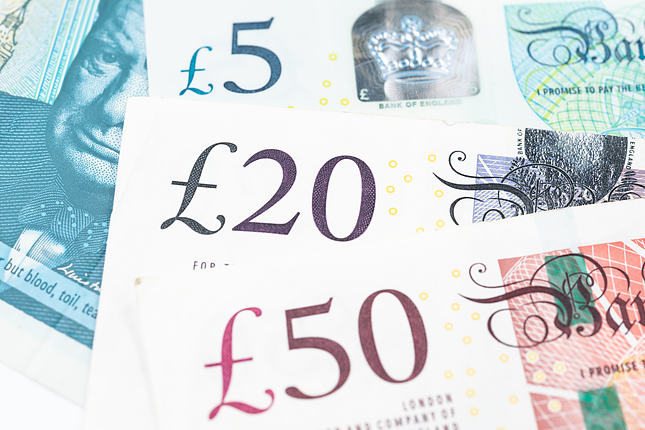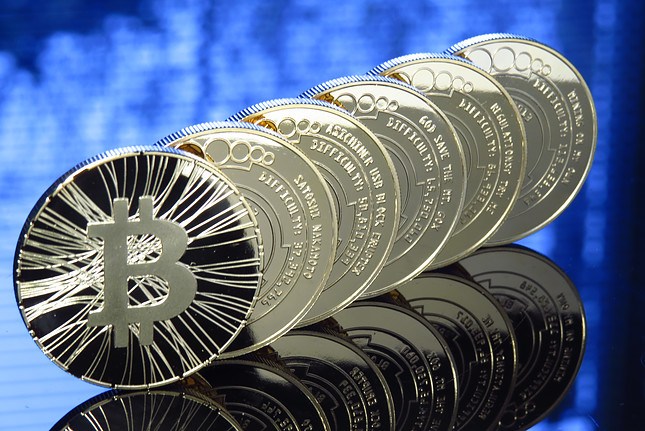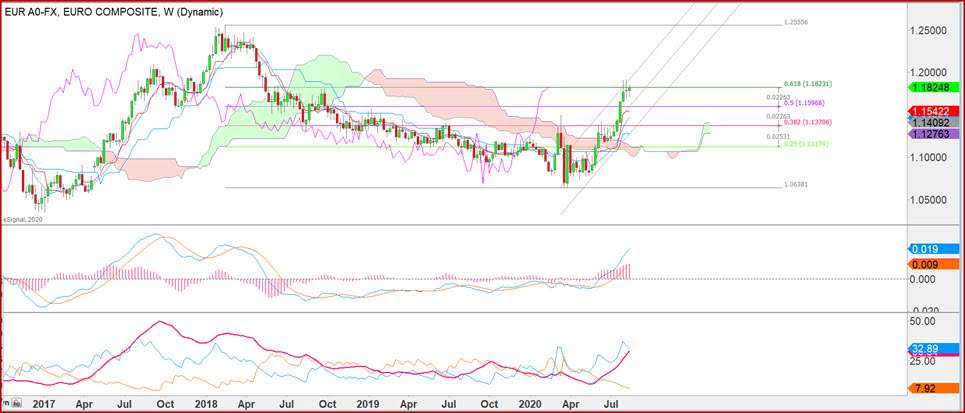Outlook:
Any sparks of fear and anxiety over future inflation are premature and should get snuffed out with the arrival of buckets of cold water in the form of current data. Unfortunately, today’s unemployment claims may not be part of that. Expectations are for a drop in initial claims to 1.1 million in the latest reporting week. The number alone doesn’t tell the story, because job recovery that reduces claims is not the same thing as actual growth and worse, those not making claims are absent not because they have jobs, but rather because they have exhausted their ability to claim (or state offices are still backed up).
It’s faulty extrapolation to see falling claims as a recovery indicator. We still will have 21 straight weeks in which claims are over one million.
Besides, the loss of the extra $600 per week in benefits is going to start hitting real data, real soon. And loss of confidence in the federal government to deal with recovery needs should contribute to gloom. Economists are united in expecting personal consumption to fall, along with more job losses, a wave of evictions, etc. See the chart from 538.com. Underneath that chart is another from the Census Bureau on “housing uncertainty” (from the Daily Shot). Seven of the states where people didn’t pay July rent and are pretty sure they can’t pay August rent are Republican states. As noted above in the distribution of Covid-19 deaths, the South is heavily represented there, too. (So we have a bunch of rednecks who refuse to wear masks, becoming homeless and dying in droves, and these are the guys who have the guns. How long before we have another mass shooting?)
We see glimpses of desperation all over the place. One of them is the 100 million doses of vaccine the feds contracted with Moderna to produce. Moderna has never before produced a commercially viable vaccine. Early results look good—they got antibodies—but paying an unproven company $1.525 billion ($2.48 billion with all the incentives) is nothing short of reckless and desperate. We hope Moderna pulls it off but it’s not hard to see how a Harvard Business School class would judge this decision.
When it’s desperation driving risk-on, it’s not hard to see risk-off right around the next corner. This may be behind some of the dollar’s lingering appeal. We think the rise in yields should be short-lived; the market chooses to perceive inflationary risk but the Fed is adamant, and in the long run, the Fed rules.
Besides, the Fed’s economic analysis is deeper, wider and just plain better than the market’s, which is why we keep getting warnings from various Fed officials that we really, truly, honestly do need another stimulus/recovery spending package and right away, please. It’s not new to have divergence between the market viewpoint and the central bank viewpoint; the market often says the Fed is “behind the curve.” This is almost never true, but over the years the market has increasingly become better at twisting Fed arms. In a sense, current business guy Powell is a better Fed chief than the economists who preceded him because he uses only one hand at a time and sticks to his story. This is not to say Bernanke and Yellen were wusses, but they were perhaps overly willing to see alternative explanations and flaws in models. Look at all that time we wasted talking about the neutral rate, a hypothetical construct that never did anyone any good.
To return to the immediate subject, desperation, Bloomberg tries to make bricks from straw by cheering the Gilead announcement of cooperation with 40 companies around the world to produce enough remdesivir to treat 2 million people by year-end. Bloomberg says it’s practically heart-warming. But 2 million treatments? The world already has 20 million cases and the US, over 5 million. We fail to see how this mitigates desperation.
Where does all this leave us? When in doubt, fiddle with the chart. See the euro on a weekly basis. It has managed to retrace a near-perfect 62% of the downmove from Feb 2018. We normally expect a pullback from that level and then a moment of truth when players decide whether to take it to the moon (back to 1.2550) or to give up. Our view has been that a euro recovery could be based on pandemic response and faster economic recovery, but it’s a weak argument when all of Europe still has negative rates. In a nutshell, be careful shorting the dollar. It may have muscle for the wrong reasons—steroids—but it does have muscle, despite the millstone of Congress around its neck.
This is an excerpt from “The Rockefeller Morning Briefing,” which is far larger (about 10 pages). The Briefing has been published every day for over 25 years and represents experienced analysis and insight. The report offers deep background and is not intended to guide FX trading. Rockefeller produces other reports (in spot and futures) for trading purposes.
To get a two-week trial of the full reports plus traders advice for only $3.95. Click here!
This morning FX briefing is an information service, not a trading system. All trade recommendations are included in the afternoon report.
Recommended Content
Editors’ Picks

EUR/USD recovers above 1.0300, markets await comments from Fed officials
EUR/USD gains traction and trades above 1.0300 on Thursday despite mixed German Industrial Production and Eurozone Retail Sales data. Retreating US bond yields limits the USD's gains and allows the pair to hold its ground as market focus shifts to Fedspeak.

GBP/USD rebounds from multi-month lows, trades above 1.2300
GBP/USD erases a portion of its daily gains and trades above 1.2300 after setting a 14-month-low below 1.2250. The pair recovers as the UK gilt yields correct lower after surging to multi-year highs on a two-day gilt selloff. Markets keep a close eye on comments from central bank officials.

Gold hovers around $2.670, aims higher
Gold extended its weekly recovery and traded at its highest level since mid-December, above $2,670. The bright metal retreated modestly in a quiet American session, with US markets closed amid a National Day of Mourning.

Bitcoin falls below $94,000 as over $568 million outflows from ETFs
Bitcoin continues to edge down, trading below the $94,000 level on Thursday after falling more than 5% this week. Bitcoin US spot Exchange Traded Funds recorded an outflow of over $568 million on Wednesday, showing signs of decreasing demand.

How to trade NFP, one of the most volatile events Premium
NFP is the acronym for Nonfarm Payrolls, arguably the most important economic data release in the world. The indicator, which provides a comprehensive snapshot of the health of the US labor market, is typically published on the first Friday of each month.

Best Forex Brokers with Low Spreads
VERIFIED Low spreads are crucial for reducing trading costs. Explore top Forex brokers offering competitive spreads and high leverage. Compare options for EUR/USD, GBP/USD, USD/JPY, and Gold.
